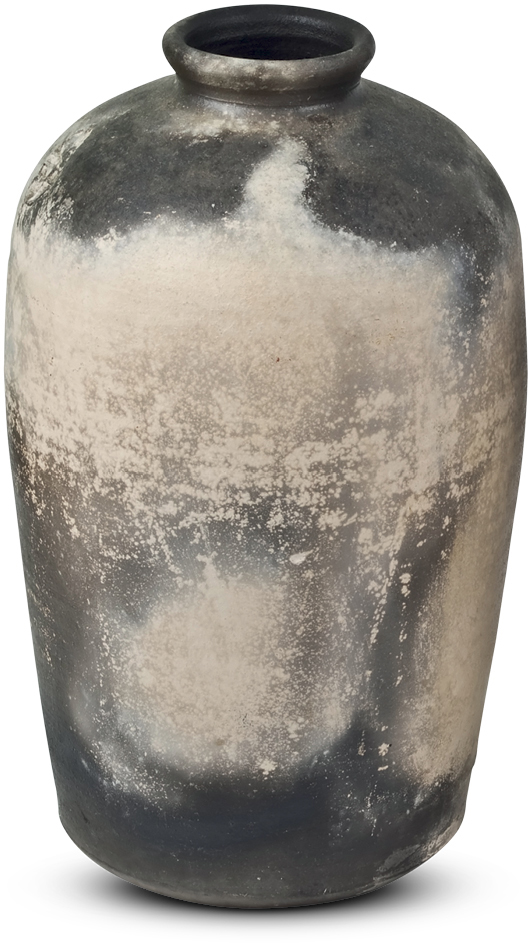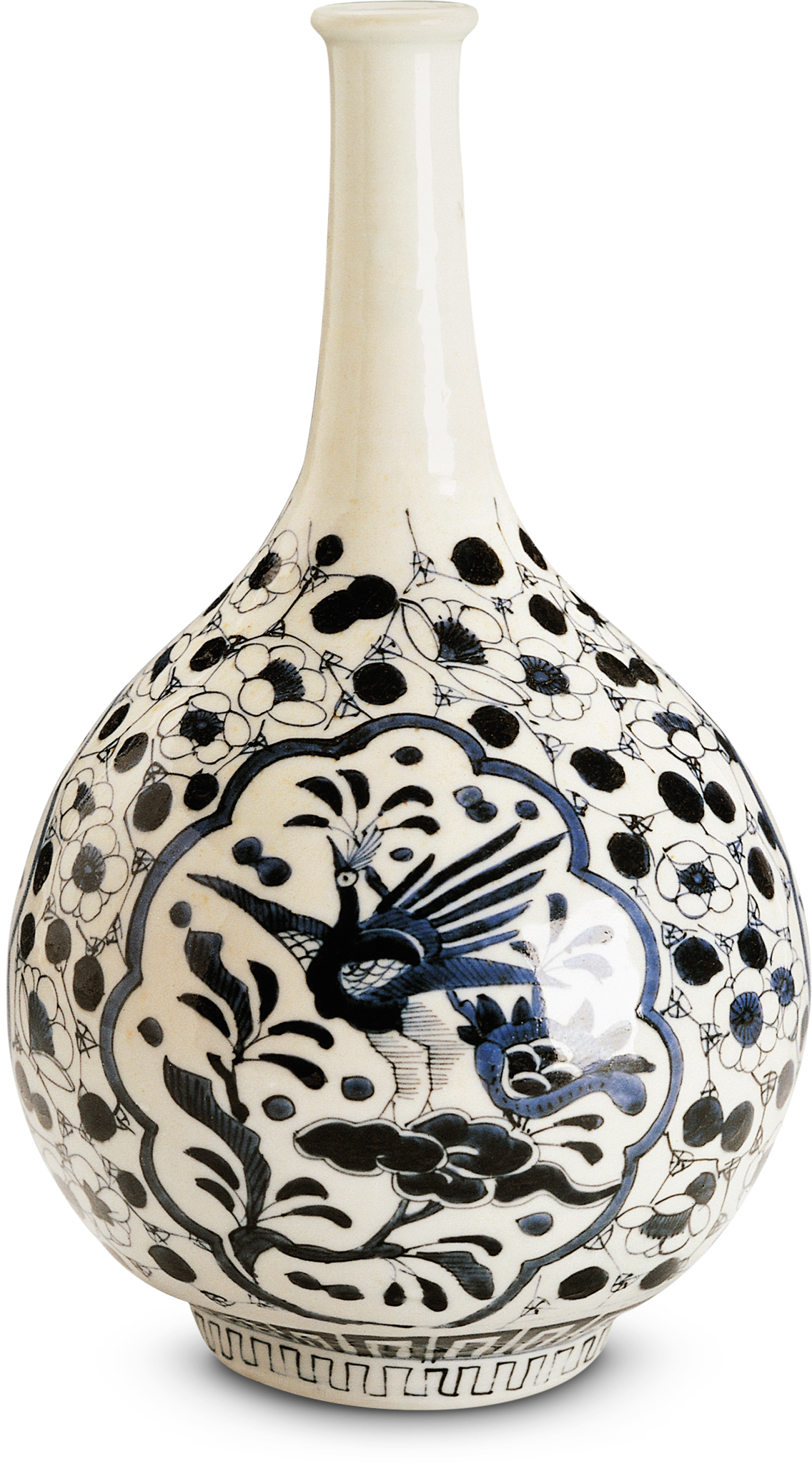陶芸
ceramics
Regional interpretations of an ancient craft
Rustic and imperfect, delicate and finely patterned: Japanese ceramics come in many beautiful forms. They are made today by skilled artisans following centuries of tradition.
Fueled by the central role of ceramics in cuisine and in the tea ceremony, myriad styles have developed in different areas. Each one incorporates distinct techniques and practices, which are often related to the properties of the local clay.
Be More Japan ceramics
Mashiko

D MASHIKO: Mashiko folk art pottery features muted colours
Mashiko clay is rich in silicate and iron, which makes it not only easy to shape but also fire-resistant. With around 250 potteries and 50 ceramics shops, Mashiko (Tochigi Prefecture) is one of Japan’s top pottery towns. The area is particularly known for its rustic wares made from red clay, popularized by Mashiko native Shoji Hamada, a major figure in the mingei folk art movement.
Be More Japan ceramics
Arita

D ARITA: Imari-ware patterns are highly intricate
In the 16th century, Korean potters were forcibly brought to Arita on the island of Kyushu to share their knowledge, including the technique of colored overglazing. Their legacy of thin, light, and durable porcelain—also known as Imari-ware— is notable for its delicate decoration, commonly featuring blue and white floral patterns. One of the oldest manufacturers is Arita Porcelain Lab, established in 1804 and still producing both traditional and contemporary designs.
Be More Japan ceramics
Imbe

D IMBE: Bizen is often reddish-brown and rustic in style
Bizen ceramics have been produced in Imbe (Okayama Prefecture) for over a millennium. A warm, reddish-brown color, they are typically made from an earthy, iron-rich clay. Locals believe the clay has extra-special qualities, improving the taste of food and drink and helping extend the life of flowers kept in Bizen vases.
Be More Japan ceramics
Yomitan

D YOMITAN: Arayachi-style pottery has a rough texture
The balmy islands of Okinawa are home to the Tsuboya ceramic style, produced there since the 16th century. Tsuboya is a district in the city of Naha, where the potteries were historically located before the kilns were moved to the Yomitan peninsula in the 20th century. The simple, unglazed arayachi style is typically used for large storage vessels, while the more colorful glazed joyachi style tends to be reserved for decorative tableware.
Be More Japan ceramics
Tobe

D TOBE: Painted by hand, each Tobe design is unique
Manufacture of the distinctive ceramics in Tobe (Ehime Prefecture) on the island of Shukoku has changed little since they were first introduced inthe 18th century. The beautiful indigo-on-white designs are still skilfully hand-painted by local craftspeople.
Be More Japan ceramics
buy your own ceramic treasure
Pottery festivals provide an excellent opportunity to find unique ceramic souvenirs. Twice a year, in spring and fall, Tobe hosts the Tobe-Yaki Ware Festival, when some 60 stalls sell the town’s eye-catching indigo-and-white ceramics. Mashiko also hosts annual major pottery fairs at the end of April, early May and in early November.
ancient art form
Ceramics-making in Japan started during the Jomon era around 15,000 years ago, with earthenware vessels decorated with distinctive rope-like patterns.
